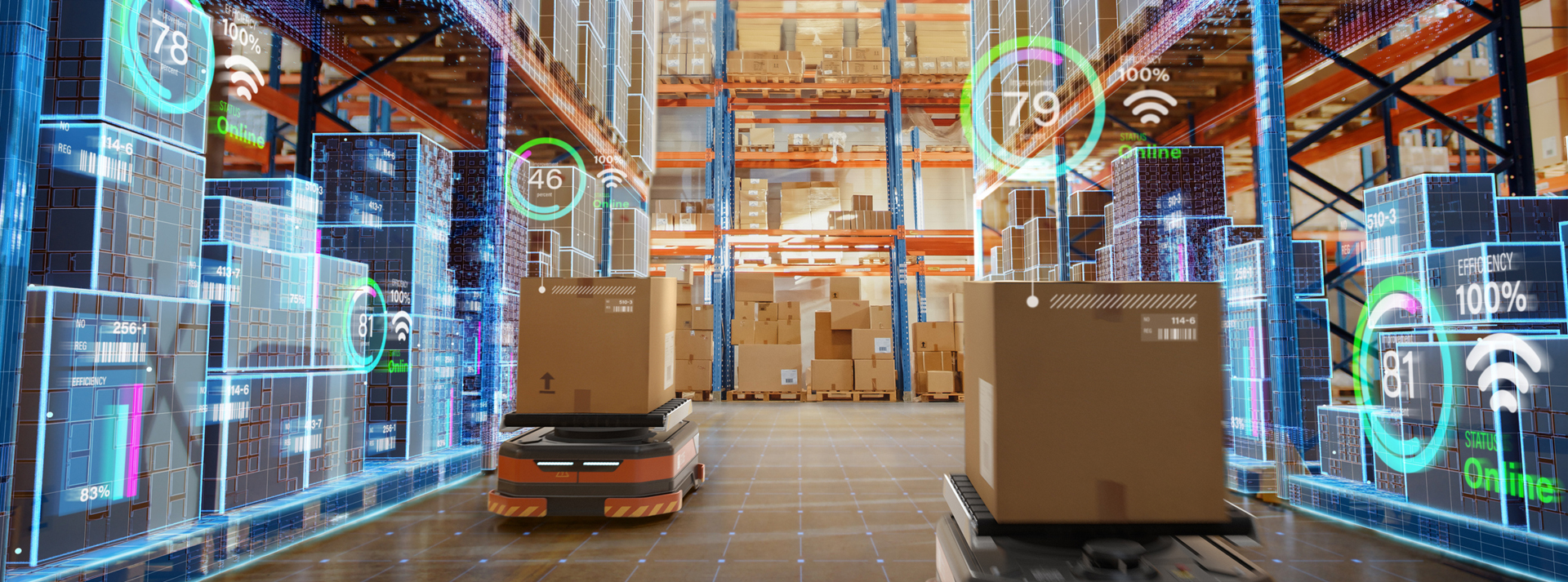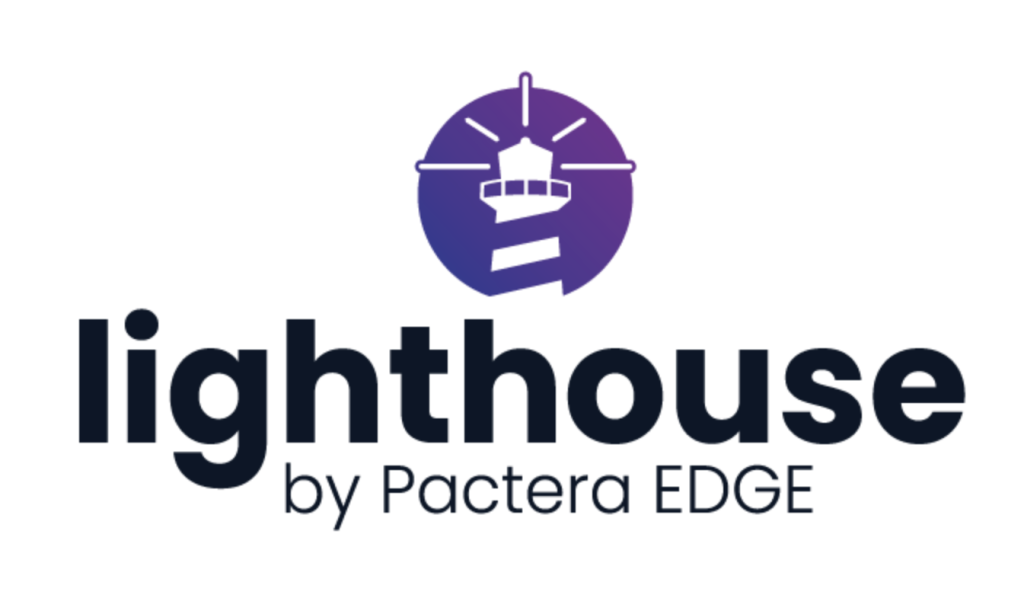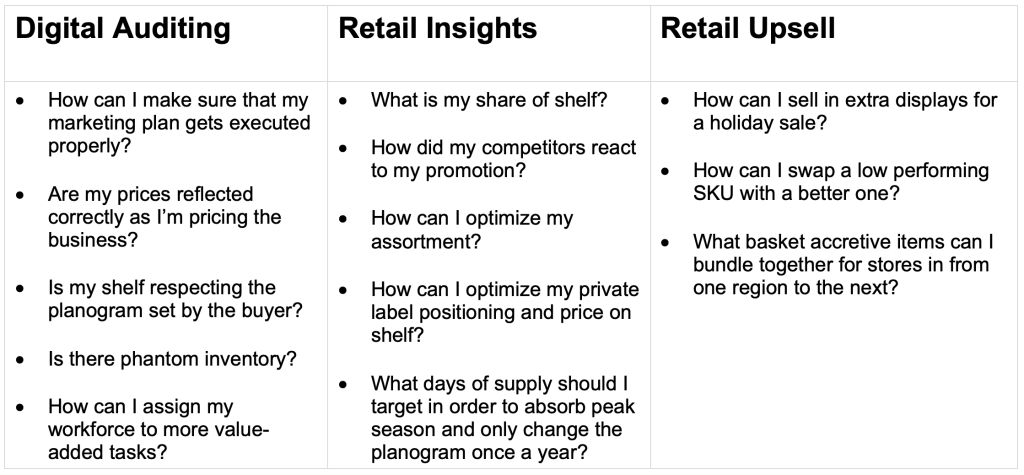How Retailers and CPG Firms Can Thrive with Less

2022 has brought good news and bad news to retailers and consumer packaged goods (CPG) firms.
The good news: shoppers have returned to stores.
The bad news: shoppers have returned to stores.
With more people vaccinated and restrictions eased, shoppers are more comfortable going to stores, and there are signs that they’ve grown tired of digital-first living. In May, online retail sales increased 2.2 percent compared with the same month a year prior, according to payment data released by Mastercard – but in-store sales grew by 13.4 percent.
But retailers and CPG partners continue to struggle with having enough people in stores to manage the influx of shoppers. There aren’t enough store associates to keep inventory stocked on shelves. There aren’t enough CPG retail execution teams to go from store to store in order to ensure their own products are properly shelved, promotional displays in place, and retail space fully optimized. As a result:
- Understaffed store associates are chewing up valuable time – hours a day – managing operational tasks such as inspecting inventory, correcting mistakes, and managing restocking of products instead of helping customers.
- Traditional in-store retail execution suffers from low store coverage, long in-store execution times, partial compliance, stockouts, and infrequent upsells.
- Retailers and CPGers are missing opportunities to collaborate more effectively on activities such as planning promotions and demand forecasting.
The core problem – not enough people on the retail floor – was building for years as the national expansion of retail stores outpaced the available labor pool. Then with the onset of Covid-19, retailers asked store associates to take on additional responsibilities such as managing curbside pick-up and fulfilling a surge in online orders. The labor shortage that hit the industry certainly made the situation even more difficult.
One Way Technology Can Help
Fortunately, retailers are starting to find ways to apply technology to empower store associates. For example, Walmart recently unveiled a new in-house app, Me@Walmart, built exclusively to help U.S. store associates do their jobs more effectively and simplify daily tasks. In addition, Walmart is providing 740,000 associates with new Samsung phones loaded with the app. As a result of supporting associates with mobile technology, Walmart intends to improve customer service. Me@Walmart provides several features that help employees improve the in-store experience. For example, a voice-activated personal assistant for work, the Ask Sam feature, saves time by letting associates ask the app questions to locate merchandise and get answers for customers quickly. And push-to-talk enables associates to instantly connect using their mobile devices like walkie-talkies, which helps store associates react to customers’ needs in real-time.
In addition, retailers and CPGers are leaning into technology (that includes cloud-based platforms) to collaborate more closely on sharing retailers’ purchasing data that they need to know in order to do more accurate demand forecasting. (I blogged about this collaboration here.)
AI + People = A Breakthrough
At Centific, we believe technology can help retailers and CPGers do even more: specifically, with artificial intelligence (AI), retailers and CPG companies can deliver real-time insight on in-store operations. With that insight, they can make informed decisions faster and more accurately, leading to more time devoted to customer-facing needs and more accurate inventory levels on the store floor.
We’ve been developing a solution known Lighthouse that does this.

Lighthouse consists of:
- An AI engine for understanding what’s on the shelf.
- A mobile app for information capture and staff support.
- An insight business platform to support decision-making at the corporate office, which aligns strategic planning with in-store operations.
Lighthouse makes it possible for retailers and CPG firms to collaborate on answering questions such as:

A solution such as Lighthouse needs a combination of AI and humans in the loop to manage AI properly. For instance, cameras trained with computer vision can monitor shelf levels far more effectively than a human can. But computer vision needs to be trained with the right data to know that to monitor, and it needs to be updated as new products hit the shelves. Computer vision needs people to do that.
With the right combination of people and AI, retailers and CPGers using a platform such as Lighthouse can deliver benefits such as:
- Optimizing inventory and store conversion: For instance, leverage in-store cameras or mobile phones to not only detect out of stock items and phantom inventory, but to also trigger immediate replenishment activities.
- Anticipating and responding to changing conditions: for example, adapt sooner to emergent events by adapting your pricing, assortment, and inventory markdowns with store level precision.
- Bringing collaborators onboard in seconds: as an example, support the store with AI driven by an ensemble of models that ensure robustness, scalability, and accuracy for any in-store items.
We believe that AI guided by people will not only help retailers and CPGers do more with less -- they’ll also thrive in ways that were not previously possible.
Contact Centific to get started.
